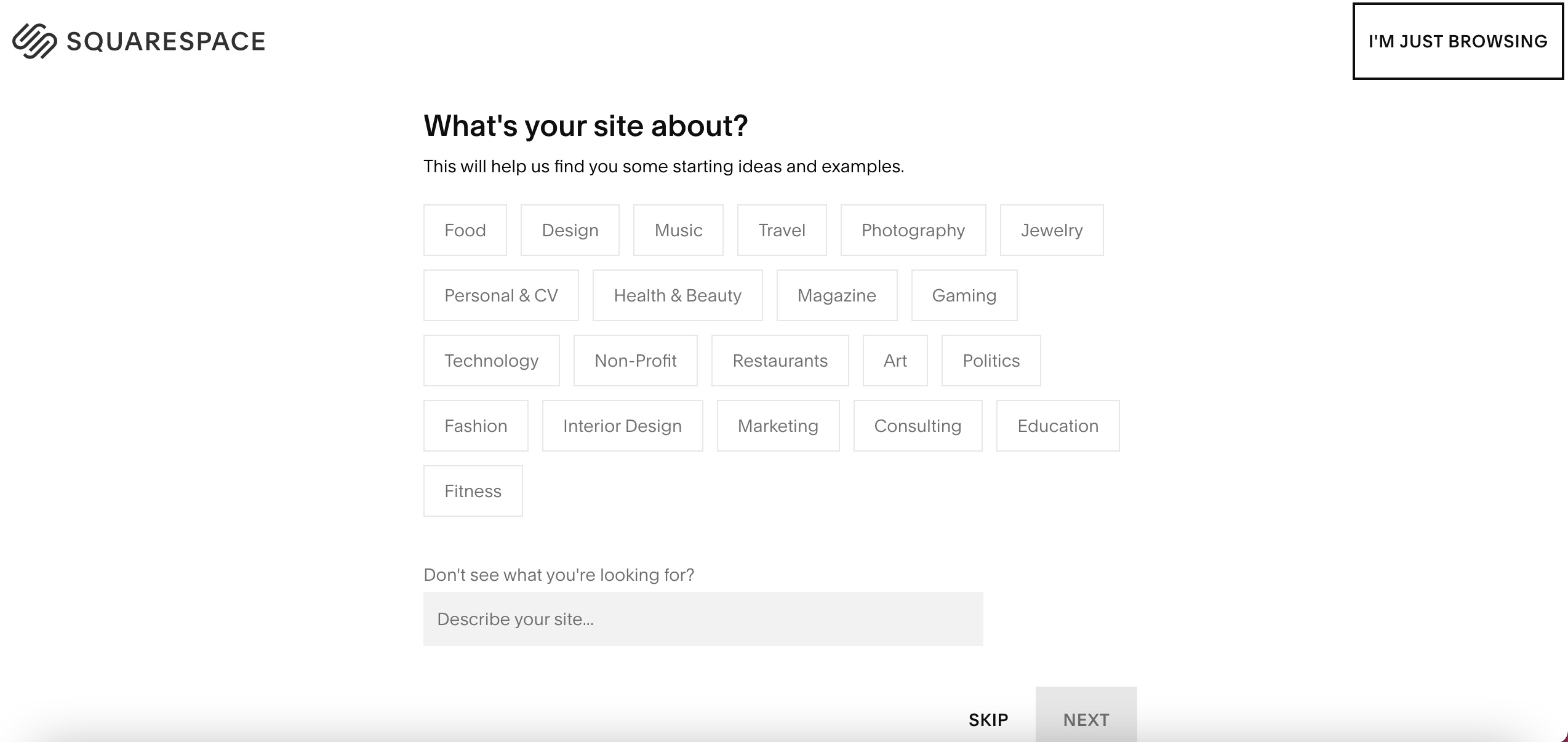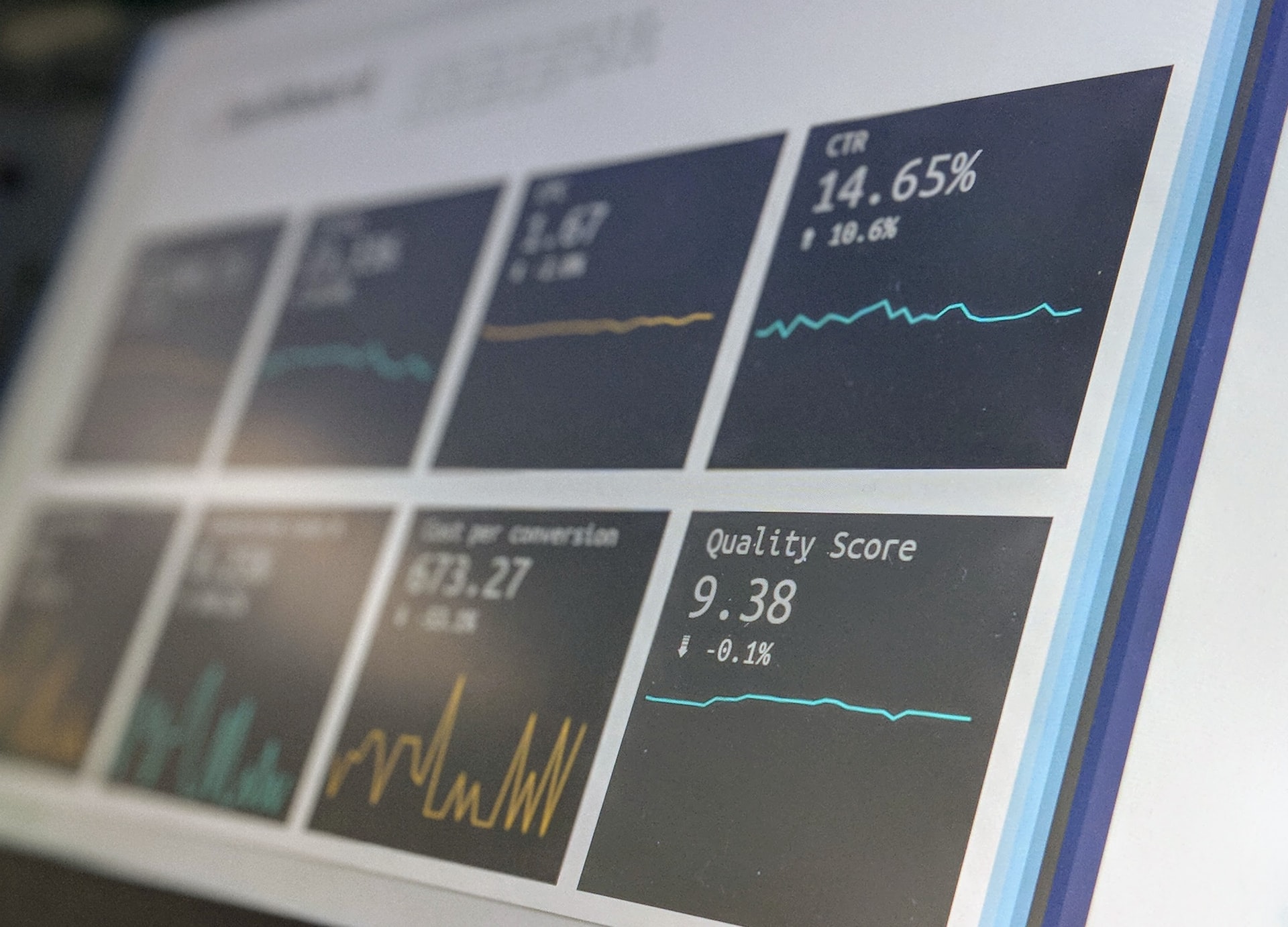4 Best Practices for Creating Engaging B2B Content
There’s a massive amount of content on the web today. Even before the global pandemic that forced everyone to stay home, reports indicated that over two-thirds of all data on the web was created sometime in the last few years.
Unfortunately, a lot of that data isn’t practical. The same is true in the world of B2B content. Many companies are embracing the practice – more than 4 in 5 B2B marketers use content marketing as a strategy, according to HubSpot surveys from 2021.
The problem? Not enough companies are doing content well. The prevalence of content marketing strategy means that many organizations are rushing to put out content simply “to have something there,” or even worse, just as a way to game SEO algorithms to increase their page rankings.
If this sounds like your company’s strategy, it needs to make a change. Whether creating content for a specific part of your funnel or more generalized marketing content, here are four tips to give you a better chance of engaging your audience.
Remove Fluff and Filler Ruthlessly
If you’ve done any kind of search recently related to any type of marketing or digital business phrase, you’ve probably noticed a common issue. There’s a lot of useless content out there. Sure, you can still find valuable stuff on any subject, and Google has been trying its hardest to update its algorithm quickly enough to weed out low-quality search results. But the proliferation of content and search engine marketing means there are still plenty of pages designed just to help the publisher move up search engine results – not to help someone in their target audience.
There are two simple (but not always easy) methods for making your content more valuable. First, you have to cut all fluff and filler from your content. Be ruthless – if there’s a question about whether or not something is worth including, you should probably scrap it. This ruthlessness even extends to things writers love, like using outside anecdotes or drawn-out metaphors.
It’s particularly important to make your content easy to interpret and valuable when it’s being used further down your B2B funnel. Decision-makers at companies making significant purchases usually want to maximize their time considering different vendors and solutions. Sifting through unnecessarily long content doesn’t give them a positive perspective of your company or its offering.
It’s particularly important to make your content easy to interpret and valuable when it’s being used further down your B2B funnel. Share on XThe second important step in removing fluff and filler is making your content more digestible so prospects can scan and read it more quickly. This method is called “scannable content.” According to Microsoft, a few essential strategies for scannable content include:
- Put your most important content above the fold or the part of the page the user doesn’t need to scroll down to see.
- Be brief, clear, and concise. Don’t use more words than you need.
- Include navigation options for a long document.
You might also think about using progress bars or page numbers so users know how much more they have left in the content. Some more modern publications will even estimate how long it will take to read a piece of written content.
Use the Right Hook
By its nature, B2B content has to be highly customized. Buyers in this sector have specific and dynamic needs regarding what they’re looking for out of a business solution. These discerning needs are part of the reason tactics like content and account-based marketing are so popular with B2B marketers in the first place.
And while the personalized requirements of B2B content marketing might make the process more difficult in some ways, in another sense, it makes creating engaging content easier. Knowing a lot about your prospect’s specific needs and challenges means you can present more relevant information.
In content marketing parlance, a “hook” immediately grabs users’ attention and makes them want to continue consuming the content. Whether it’s a headline, the first sentence of a blog article or social media post, or the initial words of a video, a good hook can be the difference between someone consuming an entire piece of content or bouncing out of it quickly. In any B2B content setting, you want to make your hook as personalized as possible. In the best-case scenario, a prospect should feel like you’re speaking directly to them.
Be Interactive
This tip isn’t always fully applicable, depending on the channel you use for your content. But if you’re using a platform where interaction is a big component – such as social media – it’s important to include an avenue for users to engage with the content. In the B2B setting, it’s common to see posts on social media that ask users to share their own experiences, for example.
If you can’t make your content directly interactive for users, try to help them imagine themselves in the same situation. Visualization is one of the most powerful psychological tools available to us as humans. Putting your content’s audience in a position to visualize themselves using your product or service is one of the best ways to help nurture them closer to converting into customers. Whether you achieve this by including a few poignant questions at the end of an article, or some interesting visuals in an infographic or video, it’s critical to draw the user into becoming more than just a passive consumer of your content.
Measure and Analyze the Right Metrics
These steps are fantastic, but some may work better for you than others. Some may not work at all! How will you know if this is the case and which tactics may or may not apply? There’s only one way: measuring and analyzing how well it performs.
The big challenge many companies face is not necessarily analyzing metrics – it’s choosing the right metrics to follow. We see numerous prospects encountering the same problem: their high-level metrics like views, click-through rates, and session time numbers are good, but they aren’t leading to conversions or sales.
That’s why it’s so important to track the correct numbers. In the hugely broad, dynamic world of business data, it’s easy to get overwhelmed by fancy metrics or numbers that seem important but don’t tell you much about your content. To overcome this challenge, think intentionally about a few of the most critical numbers that matter to your business and its content efforts, then make sure you stick to tracking just those numbers. It’s okay to revisit your core metrics from time to time to ensure they are still working the way you need, but don’t be swayed from measuring the KPIs you initially decided were most important.
And if you need any help figuring out which metrics to track or how to keep your content engaging, our expert team at FunnelEnvy is ready to help. We have several years of experience working with B2B companies to optimize their funnel content and ensure they can stand out in today’s noisy content marketing sector. Click here to fill out a short questionnaire and learn more about our pricing structure.










